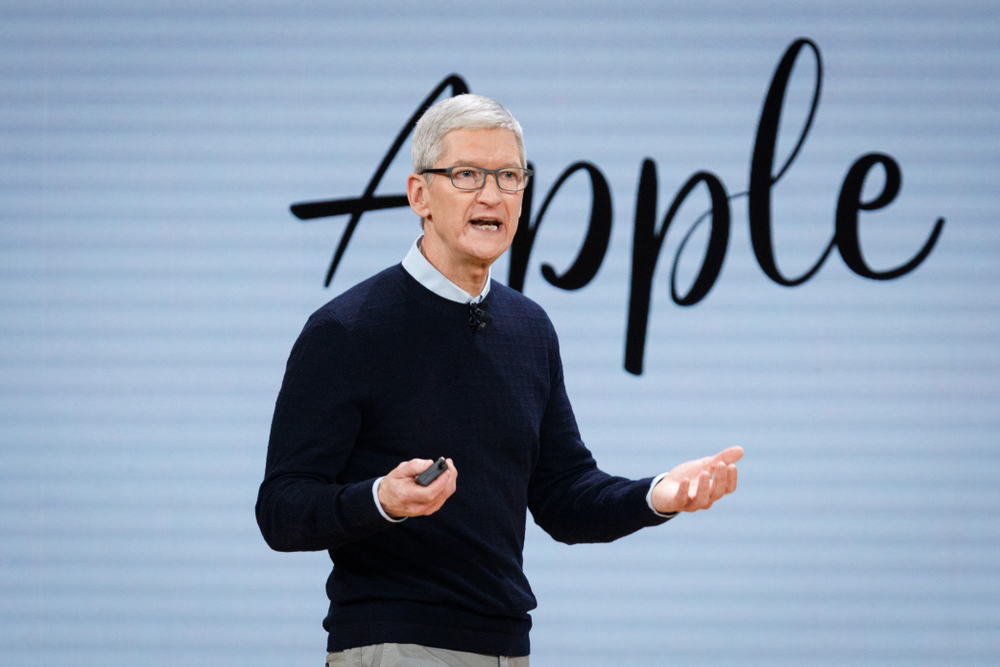
How Apple became the “exception” to mass layoffs by big tech
Global growth is slowing sharply this year due to rising interest rates. These are the predictions of the international groups, and many Wall Street companies already know that this will bring lower sales and lower income.
To solve this problem, American tech giants have almost unanimously adopted the same strategy: reduce costs.
Companies like Microsoft, Google, Amazon, Tesla, Facebook, and Nvidia are cutting tens of thousands of jobs at once.
The list of tech companies that have cut jobs, albeit for their own reasons, also includes Stripe, Snap, Netflix, Coinbase, Robinhood, Peloton, Lyft, and many others that were part of the tech boom that peaked during the pandemic
However, in the midst of the storm, Apple has been the exception to the massive layoffs that are taking place in the industry.
Caution during the pandemic
After more cautious growth, Apple has so far avoided major layoffs and investment cuts.
Analysts agree that it is in a different position than its competition because it is more strategic for growth, better prepared for a possible recession.
Between September 2021 and September 2022, the company only hired 10,000 new employees, increasing the workforce from 154,000 to 164,000 full-time workers, according to filings with the US Securities and Exchange Commission (SEC). This being a much smaller amount than what Amazon, Meta and Google hired.
More services, less hardware
Another reason why Apple remains afloat is its commitment to service and quality products compared to other branches of the company that are more focused on hardware.
The world’s most valuable stocks symbolize many of the challenges and opportunities facing big tech companies today. There’s been a big shift from hardware to services like Apple Pay and Apple Music.
This has doubled as a proportion of its revenue in recent years, leading to significant improvement in margins, which in turn has helped it maintain above-market value, unlike many of its competition. .
offshoring
Apple has drastically reduced its overreliance on China in its supply chain, as rising US-China tensions could affect revenue or profits for US tech companies that have production capacity in the Asian giant.
Apple’s long-term goal is to move 40-45% of iPhone assembly to India, up from the current single-digit percentage and 25% by 2025.
Finally, it should be remembered that Apple CEO Tim Cook recently took a 40% pay cut after only 64% of shareholders voted to approve last year’s compensation plan.
Read More
